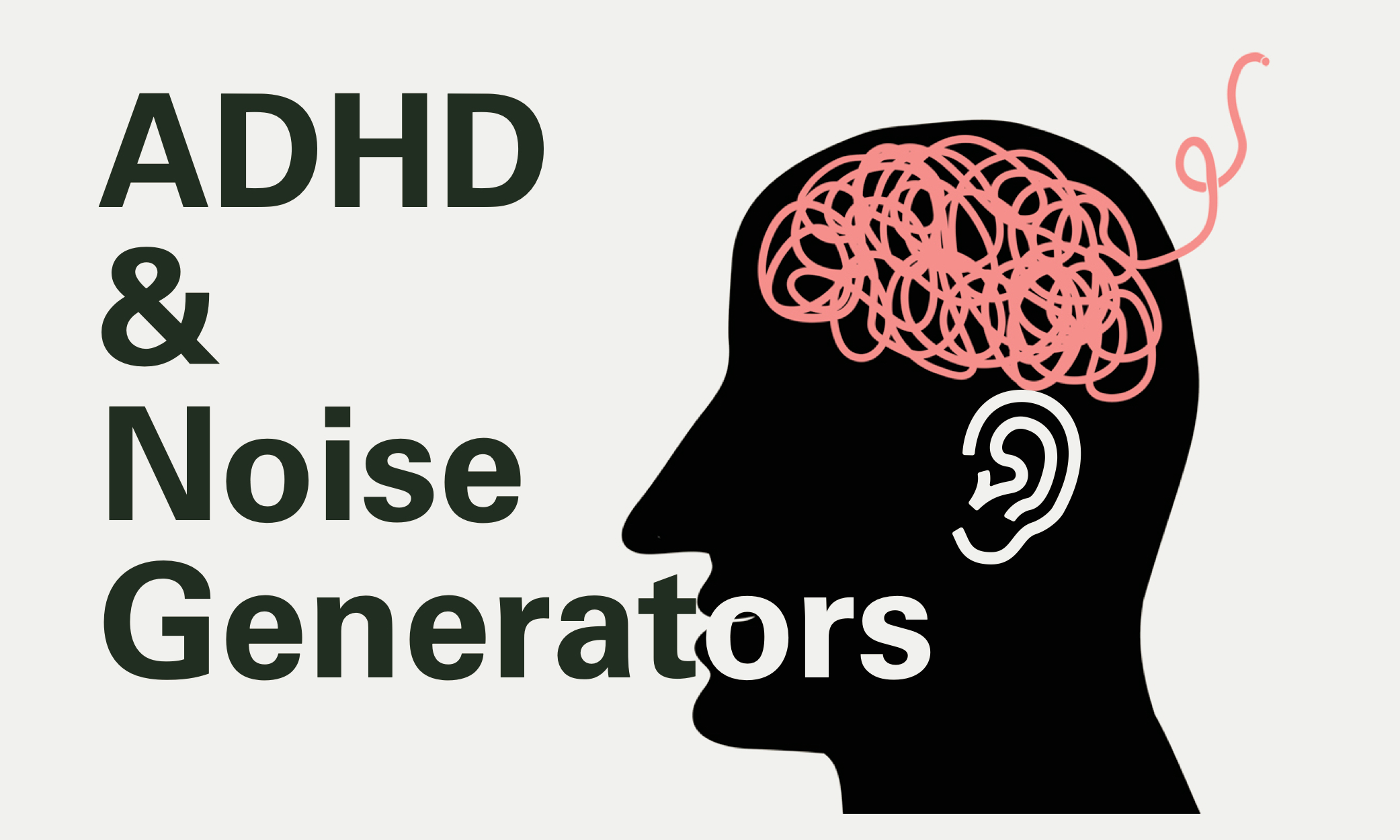FF 2.3 | Applying Notes On The E String
3 Applying Notes On The E String (2 Days)
Objectives
Find notes on the E string using chromatic counting and landmarks. Apply these notes to play the roots of chords in a lead sheet.
Procedure
Review the relationship of fret numbers and directions by asking them to use their index finger of their fretting hand to navigate to specified frets. Have them move the pitch up or down a given number of half steps and check for direction and fret number accuracy.
Say and play all of the notes on the E string as a class. Make sure students are saying the pitch name before playing the note to keep their brain in front of their fingers.
Ask students to find specific notes on the E string.
Watch the “Guided E String Study” video and then review the landmark frets as a class.
Give students individual practice time to find all of the natural notes on the E string. If students are trying to use their ear to find notes, encourage them to use chromatic counting.
Put students into partners and have them quiz each other on the locations of notes on the E string using chromatic counting and landmarks.
Pick a song from the lead sheet library and choose a section for students to play bass on. Have students practice playing the roots of the chords on the E string using the harmonic rhythm of the lead sheet at their own tempo.
Play the song together at a slow tempo while counting, gradually speed up the tempo and play it with the recording.
Add a vocalist and/or a drumset player to play it as a band.
Assessment
Informal assessment of chromatic scale application can be completed using questioning and observing by walking around and viewing student work in steps 3, 5, 6, and 7.
What To Look For
The Process: When working individually, students should be saying the note names and accidentals aloud and making purposeful movements to the corresponding locations. Chromatic counting should happen from the open string and from the landmark at the 3rd, 5th, 7th, and 12th frets. When working in partners students should help each other out by understanding the process of chromatic counting and landmarks, When playing through lead sheets, students should identify difficult passages and use purposeful practice to make it easier to switch between notes on the E string. They should be counting while developing this skill.
The Product: Guitarists are able to use chromatic counting from the open strings and landmark frets to identify notes with accuracy. They are also able to read a lead sheet and play the roots of chords in the harmonic rhythm of the song.
Opening and Closing Activity Ideas:
Opening 5 min: Check student understanding of the chromatic scale by writing sample note identification problems on the board for students to complete in their practice jounral when they come in to class. Here are some example questions: What note is the 7th fret of the E string? What fret is the G# on the A string? You can also have them write out all of the notes on a given string.
Closing 5 min: Ask students to play notes on the E string as a group at the end of class. Have them reflect on their level of mastery of this task in their practice journal on a 1-5 scale.
1: I can’t find notes on the E string.
2: I can find notes on the E string, but I need outside help/
3: I can find notes on the E string, but I have to use chromatic counting from the open string.
4: I can find notes on the E string, but I have to sometimes count from landmarks.
5: I can find notes on the E string without making any mistakes and without having to use chromatic counting or landmarks. It is in muscle memory.
Differentiation
Remediation: Have students rewatch the “E String Practice” and “E String Guided Study” videos at their own pace to reinforce their understanding of note locations. If they need help with landmark locations specifically, point them toward the videos in the “Landmarks” tab. If students need help outside of these videos, partner them with a student who has a strong grasp of the material. I tell guitarists that teaching is an important skill to have and when working with a peer to use positivity, collaboration, creativity, and patience to help in not only in the product, but in understanding the process.
Enrichment: For students who can easily identify notes on E string, have them quiz each other on note locations to increase their recall speed. You can also have them read more lead sheets to give more application opportunity. Finally, you can have students work on a transcription example from the “listen” tab.
Notes
Try to avoid allowing students to create and/or use visual aides of notes on the E string. Resources like this will help to find notes in the moment, but students will develop a reliance on these materials. Be clear with expectations of working with partners and observe groups during working periods. Highlight positive things the you see partners do and share these observations with the class.
Objectives
Demonstrate mastery of the notes on the E string by playing them through the circle of fourths.





